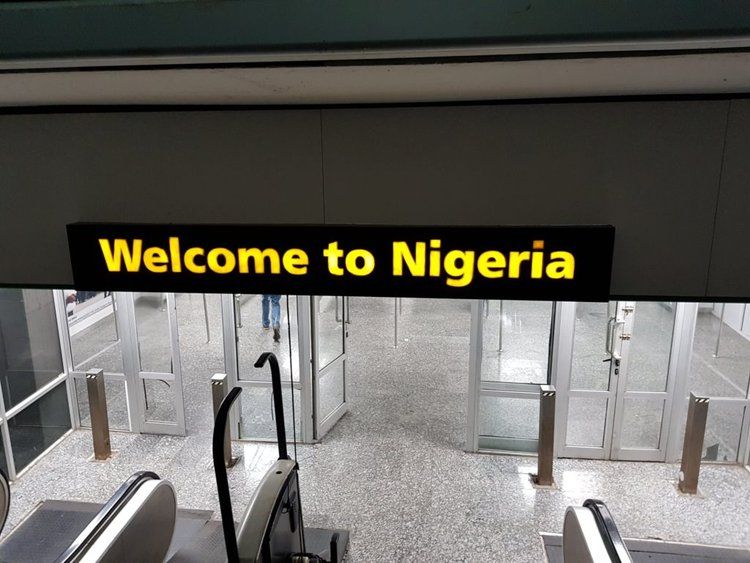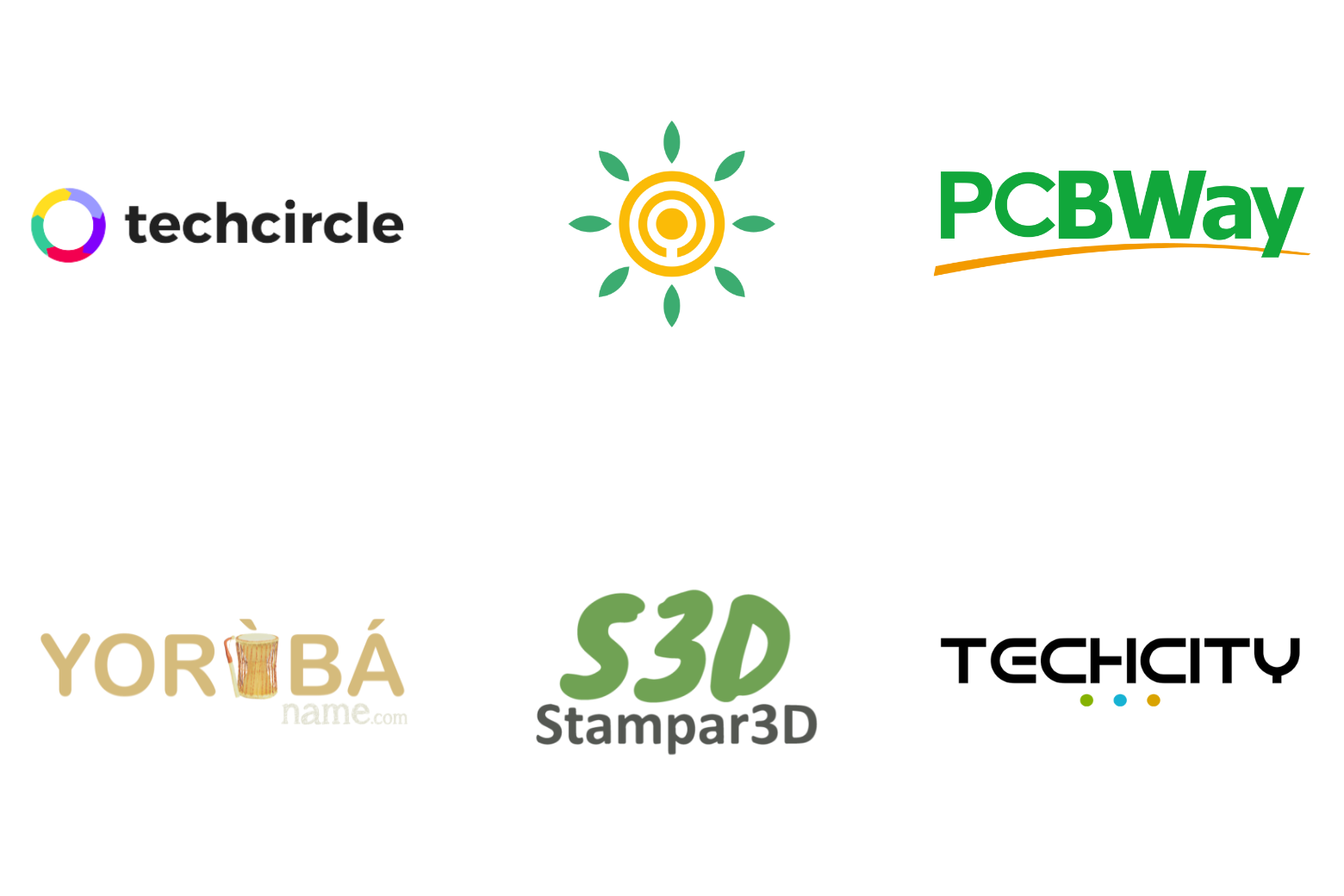Hardware Things is managed by Chuma Asuzu through the support of generous sponsors.
The published features on this site are licensed CC BY-SA 4.0, unless otherwise stated.

Murtala Mohammed International Airport (MMIA) is the busiest international airport in the country, receiving about 3 million international passengers a year. When arriving passengers land at the airport, in order to pass through to immigration, they pass through the doors shown above. Above it, a lone sign that reads “Welcome to Nigeria.”
Airports, especially international ones, are the entry point to countries and for Nigerians - who have an active diaspora - airports like MMIA should announce that we are indeed home. With more than 300 languages, a sole sign board in English simply does not do this.
Design a physical interface that lists ‘Welcome’ in every Nigerian language. The interface should be clearly visible from a distance and may incorporate other signals (such as audio, etc) as it would be displayed in Nigerian international airports or other locations. The product should also have the ability to be updated with new languages.
The challenge will progress in three stages: application, design, and development, with different deliverables for each stage. At the end of the challenge, the physical interface will be built and design made open source for future improvements by the community.
Interested participants will complete the short application form. Applicants may apply individually or as a group; only one application is required. Only Nigerians, whether in the country or not, may apply.
As part of the application, applicants would be expected to include some description of their past work and experience by submitting documents that showcase those skills.
Up to 10 applicants will be selected to join the design stage, paired into up to 3 teams. Each group will include at least a mechanical designer and an electronic engineer. By the end of this stage, each team will be expected to submit a full mechanical and electronic design for the physical interface, a Bill of Materials, as well as show a small-scale prototype demo to the jury.
The participants will be expected to meet often, committing about 5-10 hours a week to working on this challenge. Each team will be assigned a channel for their team communication on the Hardware Things Discord server and will meet with the challenge admin once a week.
At the end of this stage, the design will be made into a 1 minute video that will be released to the public on YouTube to vote for their preferred concept. On the completion of this stage, each team member will receive a $100 giftcard to the online store of their choice (Adafruit, Sparkfun, Amazon, etc).
Exiting Stage Two of the competition, we held a Finals Ceremony to announce the winning team (and design).
One design will be selected from the three submitted at the end of the previous stage. This winning design will be built locally by the team members in this stage. Workshops to build the electronic and mechanical parts of the design will be provided at no charge to the team.
At the end of the development stage, the design should be made into a full-size product. The product will be unveiled at an event or exhibition that showcases all the team members as well as the features of the winning design. The team will also complete documentation for the build.
On completion of all deliverables, the team will share a winning prize of $1500.
The winning team designed and built Super Display. Watch their demo of the product below. Their design is open source and can be found in their documentation.
The mechanical part of the design should be able to be fabricated locally in Nigeria.
The physical interface should be visible from 10 metres away.
At Stage Two, each team will be given 15 languages to code into the display. Teams are not responsible for finding or transcribing any of the language texts themselves.
With the display on, each language should be displayed for 10 seconds.
The physical interface should have the ability to display words with their tonal or accent marks.
The device should be capable of independent power other than from the mains. This could be built into the product or an extension.
Oo Nwoye
Kọ́lá Túbọ̀sún
Adeola Agbonyin
Submissions will be evaluated on their originality and creativity.
The design will be judged on its ease of manufacturing, particularly locally.
The integration of the local context into the features of the product; whether in its design, maintenance, functionality, or otherwise.
The ability for the design to be built upon, whether by adding new features or extending the display to mobile, will be a plus.
The participation of the team members in all stages will be evaluated.
The overall presentation of the concept, especially in video submission will be evaluated.
Participants agree to be bound by the decisions of the jury.
Participants warrant that they are eligible to participate.
Participants warrant that the submission is their original work and has not been in production or otherwise published or exhibited.
Participants warrant that neither the work nor its use infringes the intellectual property rights (whether a patent, utility model, functional design right, aesthetic design right, trademark, copyright or any other intellectual property right) of any other person.
Participants warrant that they are available to participate in weekly update meetings.
Participants agree that the final design will be made open source, with credit to all inspiration material.

For sponsorship, reach out to hello@techcircle.ng and chuma@hardwarethings.org.